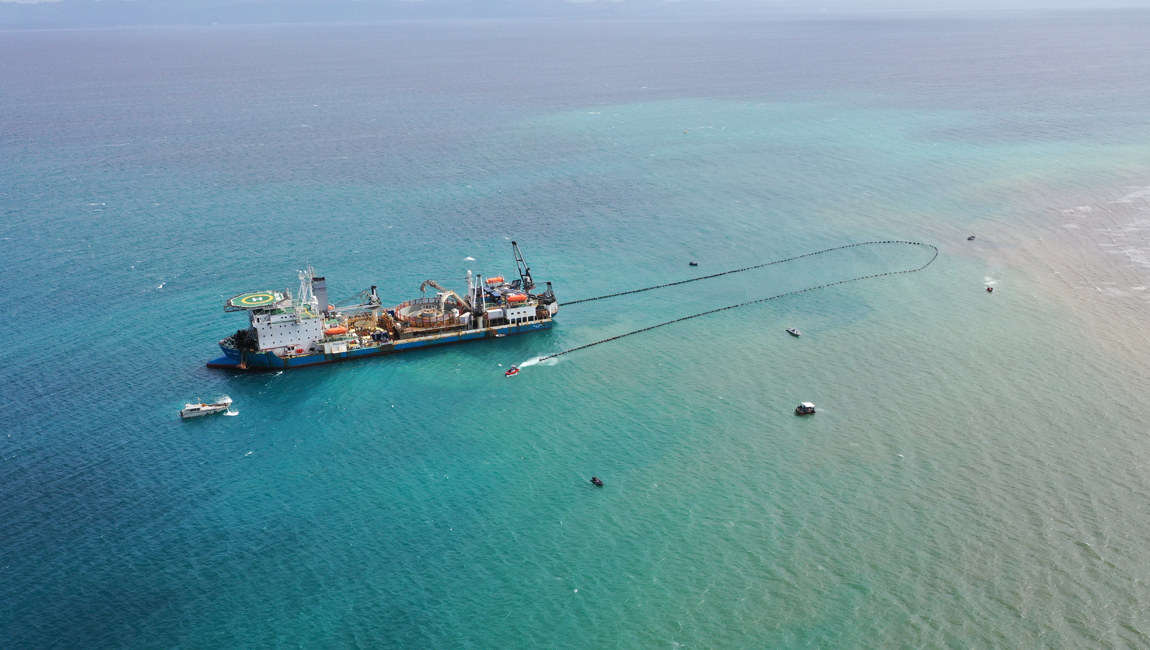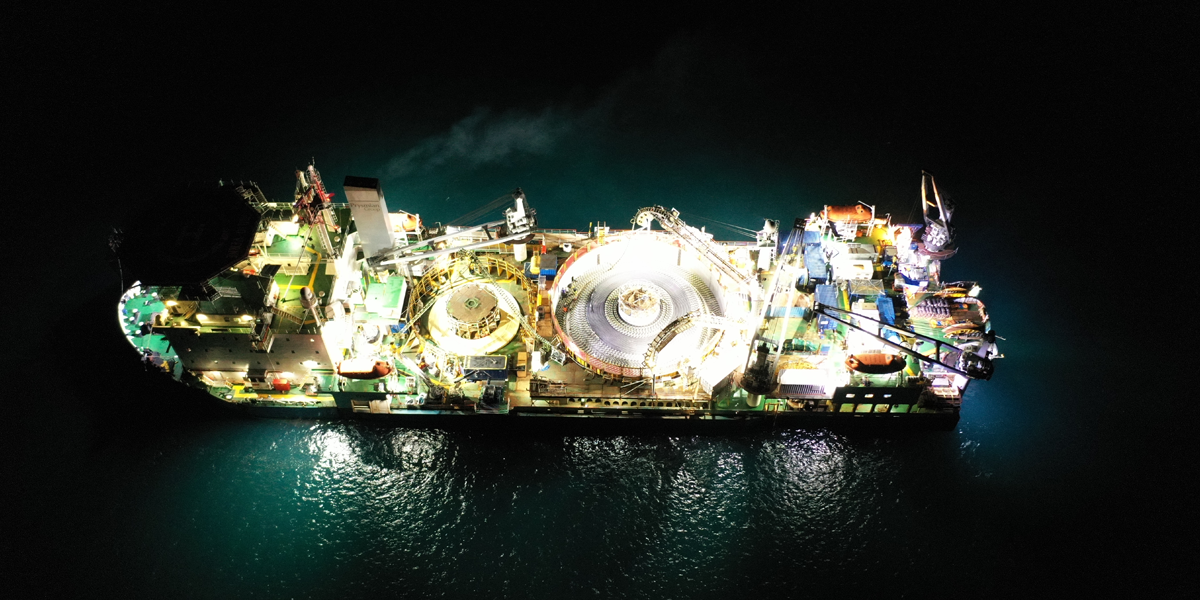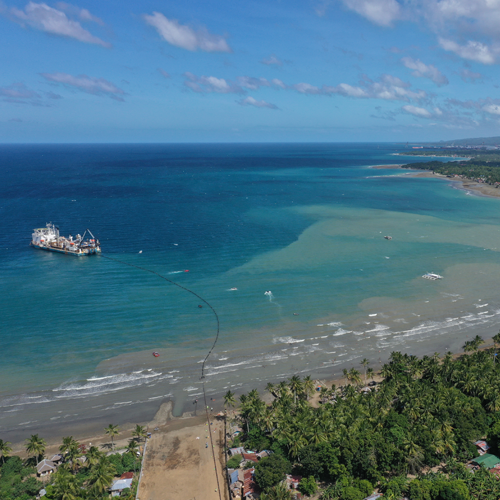CNP3 Project receives Certificate of Final Completion (CFC)

The new submarine power connections provide a reliable, safe and dependable transmission line within the Visayas region grid. Their deployment is a key milestone in the three-stage project developed by the National Grid Corporation of the Philippines (NGCP) connecting the islands of Cebu, Negros, and Panay in order to strengthen the Philippines power transmission network.
Interconnection projects undertaken by NGCP provide several benefits to the region. Overloading issues are addressed, for example, and energy resources are shared across the archipelago. Fewer nationwide power interruptions are expected, use of local energy resources is maximized and sustainable sources are promoted.

The Cebu-Negros-Panay Stage 3 submarine cable component, which increases the transfer capacity of the existing corridor, was the second of NGCP interconnection projects to be completed. The CNP-3 cable connection consists of six HVAC (High Voltage Alternating Current) 230 kV single core cables with XLPE insulation and single wire armouring along a 30 km submarine route.
“The project faced a variety of challenges,” explains Mario Andres Garcia, PPL Project Director in charge of the project. “Slow processing of customs clearances resulted in delays and longer vessel standby times. Each region has its own legislation and regulations, requiring alignment. The global pandemic caused an additional six month delay. However, Prysmian was able to implement safe working systems to allow to recover some of the lost time and complete the commissioning of the system in 2021.”
Mario Andres Garcia
PPL Project Director of the project
‘Right of Way’ (RoW) issues associated with the acquisition of landfall caused significant delays, as did outdated processes, which made it difficult to importing goods and engage specialist personnel, for example. For Prysmian, a key technical challenge was developing a lighter cable with double armour that could be handled at submarine depths in excess of 500 meters and was light enough to make installation easier. The cables were produced at our centre of excellence for submarine cables in Arco Felice, near Naples. The plant design and production teams were fundamental to ensuring we achieved our target.
“A number of learnings and best practices were also developed during the project. For example, it’s vital to prepare and agree on a contingency or alternative plan beforehand, in case landfalls are not available on arrival of the vessels to the site. Early preparation of import and customs documentation is fundamental, and selecting the right ports is key. Also, port activities should be scheduled in the same areas as the development site where possible. We’ll be making the most of these new learning going forward!”





